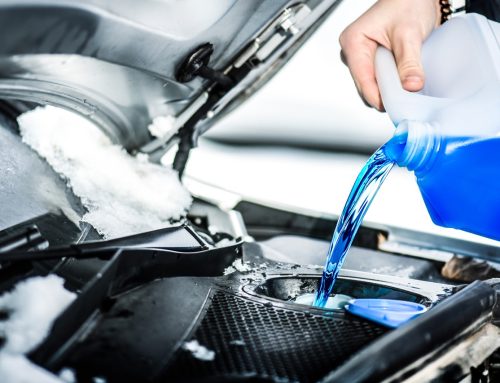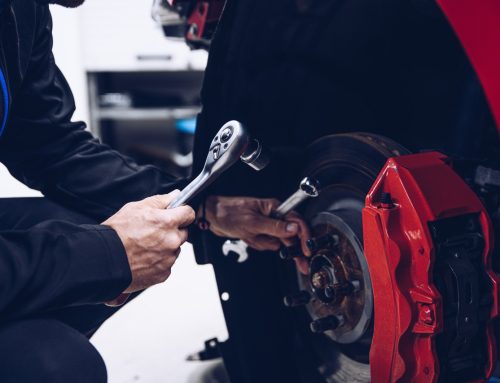
The first thing to do is to listen to your car. If you hear a high-pitched screeching sound whenever you push down on your brakes, that is a sign that your brake pads need to be replaced. This sound will be loud enough to hear when the windows are up, but may be masked by the radio or air conditioner. Continual screeching is a sure warning sign that its time to switch your brakes. If the screeching has evolved into a grinding or groveling sound, then your car is letting you know that your brakes have worn down completely and are currently harming your rotors. At this point it is likely that both your brakes and your rotors will need to be repaired.
The second thing to do is to be aware of how your car is responding. If you feel like your car does not respond as quickly when you apply the brakes, or that the brake pedal “sinks” to the floor, then it is possible that you have a leak in your braking system. Another telltale sign is if your car pulls to one side when you apply the brakes. If your car is either sluggish to respond or pulls, take your car into your auto mechanic to check the status of your brakes.
The last thing to do is to actually visually check your brakes. You can look at your brakes through the spaces in your wheel spoke. Your brake pad will be pressed against the metal rotor. At a minimum, you want to have at least ¼ inch of brake pad. If you see less than ¼ inch, you should have your brakes inspected and most likely replaced.
By keeping on top of the condition of your brakes, you can make sure that you car will continue to respond quickly and safely whenever you are on the road.






